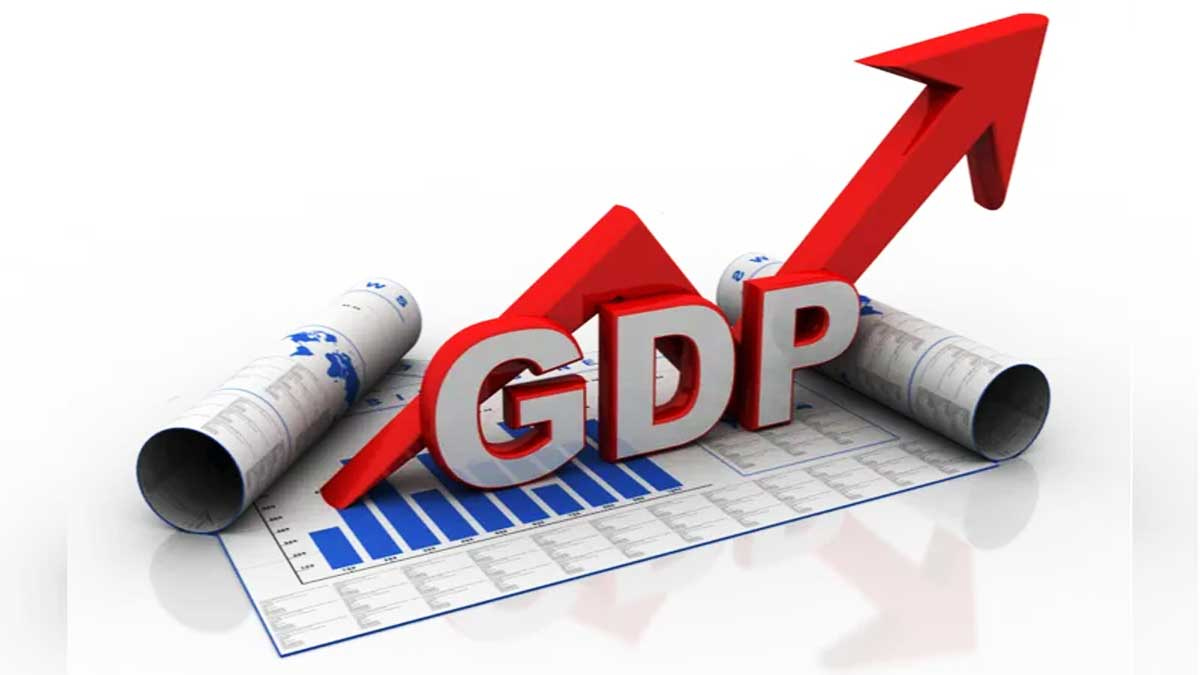
Murray Hunter
Signs of a major economic slowdown in Malaysia
Sep 06, 2025

If you listen to the mainstream media, the economy is being painted as robust. There are very few economists talking about an economic slowdown and barely anyone mentioning the word ‘recession’. The government is giving all appearances that the upcoming budget (being prepared now) will be a ‘steady as we go’ one, with no talk of the potential economic dangers ahead.
The 2025 GDP forecast is still between 4-4.5 percent growth, and all of us are reading stories about strong exports, FDI, and domestic consumer demand.
However, behind all this ‘wishful thinking’ are signs that tell a different story. FDI is being pulled out at a phenomenal rate, consumer spending is weakening, and there are some doubts manufacturing and exports will continue at the same rate as it did in the first half of 2025. The government will be very restricted in the strategies that can be applied that could alleviate some of the problems at hand. The impression is given the budget will still carry a deficit of around RM90-110 billion, although this may be party covered up on budget night, as it was last year (estimated at RM 80 billion for 2025).
Crashing Foreign Investment
Although Malaysians are told Malaysia is attractive to foreign investors, the figures tell a different story. Department of Statistics FDI figure for Q2 2025 crashed down to RM 1.61 billion. This was a significant decrease from RM 15.57 in Q1 2025. In addition, RM 16.5 billion (USD 3.8 billion) of foreign funds have been pulled out of the KL Bursa since January. This is the highest outflow of any of the other ASEAN countries for comparison (Thailand USD 2.5 billion, Indonesia USD 3.1 billion). Foreign stock market investment is now at the lowest it has been for decades.
Slowing Consumer Demand
Domestic household consumer demand is beginning to slow down. The new SST is beginning to take effect, resulting in price rises, where food and other necessity product prices are set to rise between 5-20 percent.
According to Retail Group Malaysia, retail sales fell 3.0 percent in Q2 2025. Fashion sales are down 8.0 percent, personal care 11.4 percent, and department stores down 16.5 percent. Since SARAs introduction small grocery businesses down 20-30 percent as they are not part of the scheme.
NAPIC reported that property transactions are down 1.3 percent in the first half of 2025. New housing launches are selling out less than half their unit stocks. High property values are covering up the decline in volume sales.
Retail car sale, loan growth and consumer goods imports are all slowing down. The above are signs of a loss of consumer confidence and a warning sign for the economy. It may be difficult for the government to remove RON95 subsidies due to these market conditions.
Exports and Imports
Dampening demand internationally maybe reflected in the slowing down of the high export rates Malaysia enjoyed during the first six months of 2025. Although Q2 merchandise goods exports increased by 6.1 percent year-on-year with 2024 achieving RM 749.2 billion, exports over the next quarter will be an important figure to watch. Rapidly rising imports of 9.0 percent has narrowed the trade surplus to RM 14.4 billion, a 55 percent contraction from the same period the year before. The trade surplus could easily erode further. This is another important figure to watch in Q3.
Government Budget
The 2026 annual budget due to be announced soon will be vital to maintaining the health of the economy. Government spending may become very important into maintaining a level of economic activity strong enough to maintain some semblance of growth in 2026.
However, the government cannot spend and borrow, especially with overall revenue next year, expected to be tight, without any new taxes (this needs to be on top of the new SST). Also remember 75 percent of the budget is already fixed with paying government salaries, fixed costs, and paying interest on debt. Any development spending must have quick multiplier effects to continue growth. We will see the wisdom of 2025 development spending and the growth it can produce in 2026.
If we return to basic economics and the components that make up GDP; C + I + G + (X-M), where ‘C’ is consumption, ‘I’ is investment, ‘G’ is net government spending, and ‘(X-M)’ is the value of exports minus imports, we can see where positive performance will be needed to continue Malaysia’s economic growth and avoid any slowdown or even a recession.
‘C’ and ‘I’ have question marks, as does ‘(E-M)’. Therefore, the key component in 2026 will be net government spending and how the budget will be framed.
I look at the above equation with some concern, although I admit that I am on the pessimistic side. However, at the same time, I can’t find any data to make me too optimistic for 2026.
With this economic slowdown, fortunately we don't have to pay GST.
ReplyDelete". FDI is being pulled out at a phenomenal rate,"...that is inaccurate and untrue.
ReplyDeleteFDI inflows slowed on Q2, but there is no big outflow.
The pullout of foreign stock Funds from Bursa Malaysia is for very different reasons and little or nothing to do with FDI.